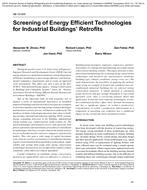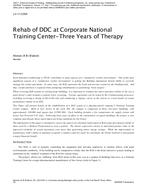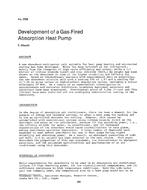Engineering has benefited and been transformed by the advent of the modern high speed digital computer. In the late 1950’s and early 1960’s , the advent of high level programming language compilers (for FORTRAN 1 BASIC 1 ALGOL1 etc.) allowed users to do their own programming 1 removing it from the exclusive domain of the computer professionals. This has allowed extensive development of highly sophisticated computer programs by those who have an understanding of the Problems they are addressing. It has proved easier to teach engineers to program than to teach engineering to programmers. While few engineers actually do extensive program development, the advances which broaden programming opportunities also make iteasier for the average engineer to use programs written by others.
While these developments have allowed many kinds of analysis tp be done in far greater detail and with greater accuracy than ever before, the very detail and accuracy can become ends in themselves: because a calculation is possible is not sufficient reason that it should always be done. Greater insight can frequently be gained into complex systems and processes by seeking minimum descriptions rather than maximum.
Sciens:e and engineering are approximation. The history of.any mathematically based discipline contains the search for cause-and-effect relationships or functional dependences. Initially 1 first-order dependences are developed. As more information becomes available 1 higher order effects· become known. Engineering “intuition” or “common sense” tells us that certain independent parameters have no effect or negligible effect on the system being consider-‘ ed, but no one can say that all inputs to a given physical system have been considered. Therefore 1 even the most careful analysis of a given system is an approximation which will differ from less accurate analysis only in the degree of approximation.
Physical systems are characterized by the measurements of their properties; these measurements have limits of accuracy. We recognize that refinements in analysis beyond some “reasonable” level are pointless without a corresponding increase in the accuracy of measurement of the pertinent parameters. Thus a detailed elastic and plastic analysis of a structure is meaningless if there is no assurance of dimensional accuracy 1 uniformity of material properties or homogeniety of internal composition of the structure being analyzed.
Product Details
- Published:
- 1977
- Number of Pages:
- 12
- File Size:
- 1 file , 840 KB
- Product Code(s):
- D-HA-77-01-2
- Note:
- This product is unavailable in Russia, Belarus


